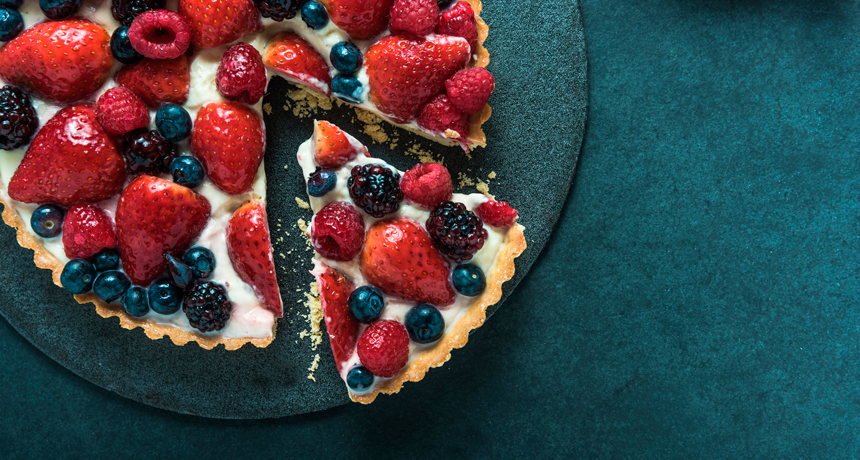Questions for ‘Why trans fats became a food villain’

Some baked goods are made using trans fats — a type made from vegetable oils — that will make them fluffy. But scientists have shown that these fats can pose health risks.
marc67/istockphoto
SCIENCE
Before Reading
1. Some foods are considered to be healthy. Others are not. Name five foods that are thought to be good for you and five that are considered unhealthy. Explain why you put those foods in each category.
2. Look at the Nutrition Facts label on a package of food. Consider how many calories are in that item, along with the specific quantities of fat, carbohydrates, protein and vitamins. What does that tell you about the food and whether you should eat it?
During Reading
1. What label has the U.S. Food and Drug Administration given to trans fats?
2. What benefits do baked goods get from fats?
3. What do butter, lard and tallow have in common?
4. What is the difference between saturated and unsaturated fats?
5. Why do unsaturated fats tend to be liquid at room temperature?
6. Describe the process of hydrogenation.
7. What does the “trans” in trans fat mean?
8. Why did doctors start to become concerned about saturated fats in the 1980s?
9. Based on the article, why did doctors start to become concerned about trans fats in the 1990s?
10. What change must companies that produce foods for sale in the United States make regarding trans fats by the middle of 2018?
After Reading
1. Based on what you have read, would you eat foods that contained trans fats? What about foods that contained saturated fats? Explain your reasoning.
2. Research healthy eating. You can find a good source of information, provided by the U.S. Department of Agriculture, here. What are the components of a healthy diet? Can fats be part of a healthy diet? What about sweets, like cookies or candy? Design a meal plan for one day that is full of foods that you enjoy and that also gives you all the nutrition you need.
MATH
1. Carbohydrates, such as sugars and starches, contain 4 calories in every gram. A gram of protein contains the same amount of energy. But each gram of fat has more than twice as much: 9 grams. If you eat 2,100 calories in a day and get 25 percent of your calories from fat, how many grams of fat will you be eating? How many grams if you get 35 percent of your calories from fat? Show your work.
2. U.S. dietary guidelines recommend that people eat no more than 10 percent of their calories from saturated fats. How many grams of fat would that be in a 2,100 calorie diet? How many grams would that be in a diet containing 1,925 calories? Show your work.
3. How many grams of fat would you eat if you downed 2,000 calories per day, if 35 percent of those calories came from fat? Now substitute 10 percent of your fat calories for an equal weight of protein. (Consult information in question 1 above for calorie counts in fat and proteins.) How would swapping in this bonus protein in place of fat change your calorie intake per day? Show your work.